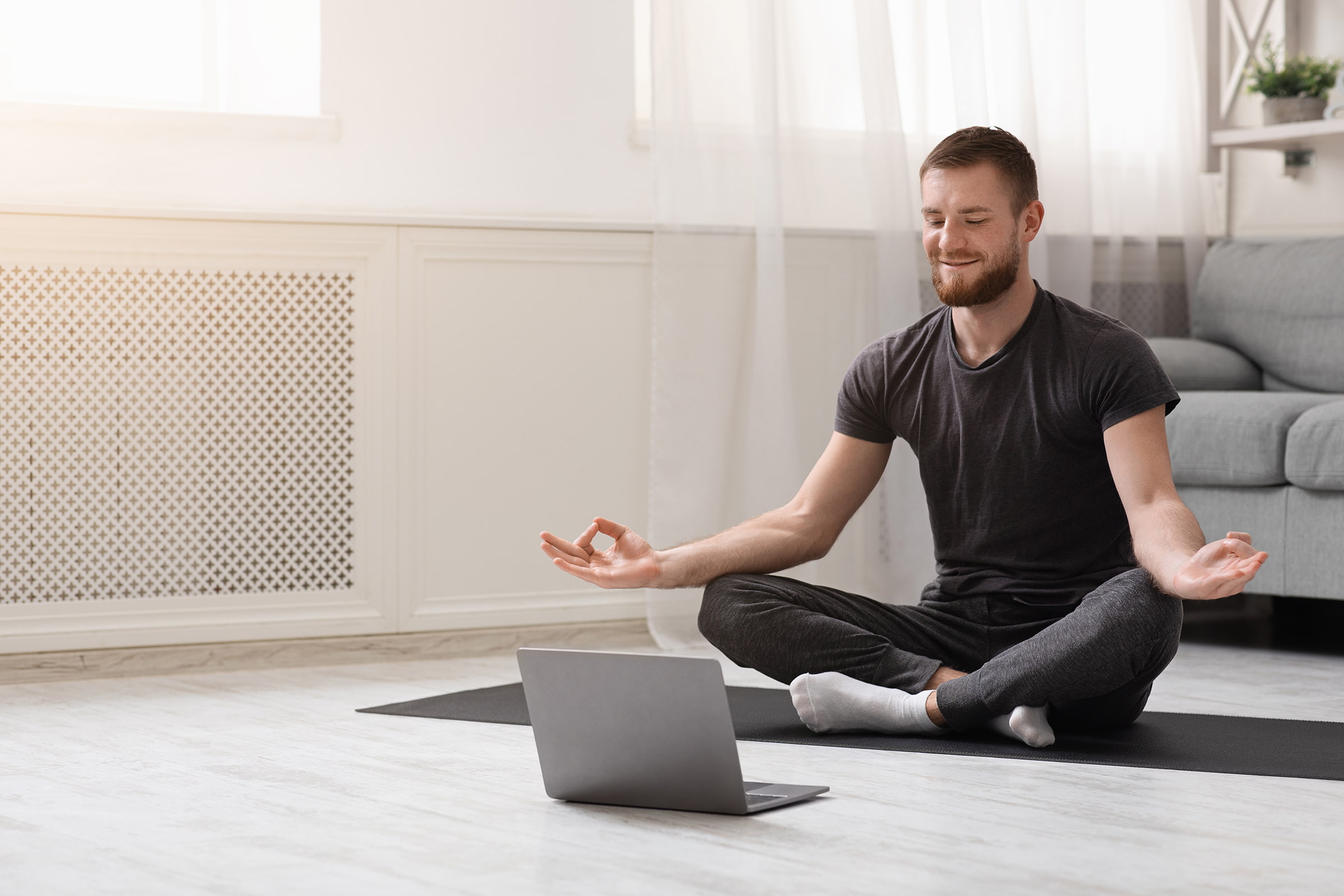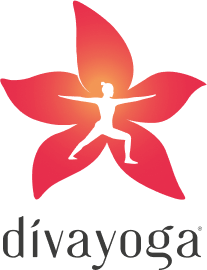Yoga for stress

Stress is your body’s response to emotional, mental, or physical pressure. When left unchecked for prolonged periods, stress can manifest itself as various mental and/or physical illnesses. Yoga for stress is an excellent way to relieve stress psychological or physical as it calms the nerves and helps to manage the cortisol (primary stress hormone) levels in the body. Meditating and practising yoga on a daily basis allows you to connect with your mind and body, analyse the stress trigger points and destress from any burnout.
Here is yoga for stress that you should incorporate in your practice:
1. Virabhadrasana-3 (Warrior pose)
The warrior pose develops good intramuscular coordination, results in an active nervous system for better balance and mental health and improves harmony, poise, focus and power with regular practice.

Steps:
- Stand straight with feet together and hands by the side.
- Raise both the hands slowly up in namaste.
- Lean forward hinging at the hips and raise your left leg in the air as shown in the image above.
- Use the force of the leg to form a ‘T’ shape with the body by keeping palms, elbow, shoulder, spine, hip, right knee, and left toe in a straight line.
- After holding for a few seconds, release the pose and repeat the same process on the other side.
2. Vrikshasana (Tree pose)
Another effective yoga for stress posture is tree pose, it improves confidence, balance and focus in the mind and body thereby helping to manage different stress symptoms.

Steps:
- Stand with both feet together and hands in namaste.
- Place the right foot on the left thigh and heel close to the hip joint.
- Inhale, raise the hands up and fix the gaze at a fixed point for 20 seconds.
- Release the pose and repeat the same o the other side.
Watch our Video on Yoga For Relaxation
3. Jalandhara bandha (Throat Lock)
This posture helps in awakening the vishuddha chakra which is responsible for the psychological characteristics and skills like good communication, command over the speech, and self obsession.

Steps:
- Sit in an extended leg position by keeping your spine straight.
- Fold both the legs behind and sit between the heels in vajrasana.
- With a deep exhale look down with the chin to the collar bone.
- Hold the breath until you feel like inhaling and follow with 3 deep inhales.
- Repeat for 2 more times.
4. Sitkari Pranayama (Cooling Breathing)
Yoga for stress also includes this pranayama that calms the mind instantly after a rigorous workout session. It relaxes the nervous system and improves the function of the salivary glands.

Steps:
- Sit in any comfortable pose like sukhasana and hands in chin mudra.
- Exhale completely and inhale deeply through the teeth gap and create a hissing sound.
- Repeat for 12 rounds.
5. Anandha balasana (Happy Baby Pose)
This is a simple and effective pose to release stress and fatigue from the body and establish happiness in the mind. This pose also increases mobility in the hip and joint ankle.

Steps:
- Lay down in the supine posture.
- Bend the knee and bring the thighs close to the chest, hold the feet from inside of the knee to the outer edge of the feet and bend at the elbow.
- Open the knee wide and pull the leg towards the mat.
- Deep inhale and exhale pulling one leg at a time towards a mat creating a rocking action to massage the muscles of the shoulder, upper spine and neck muscles.
- Repeat for a minute.
Conclusion
Whenever you are feeling stressed and/or looking for a way to relax your mind and body you should include the above asanas in your yoga practice. While practising yoga for stress you should also include pranayamas and other yogic relaxation techniques for stress like kriya, bandhas and meditation techniques in your practice. Do make these a part of your lifestyle and see the stress symptoms alleviating gradually.
